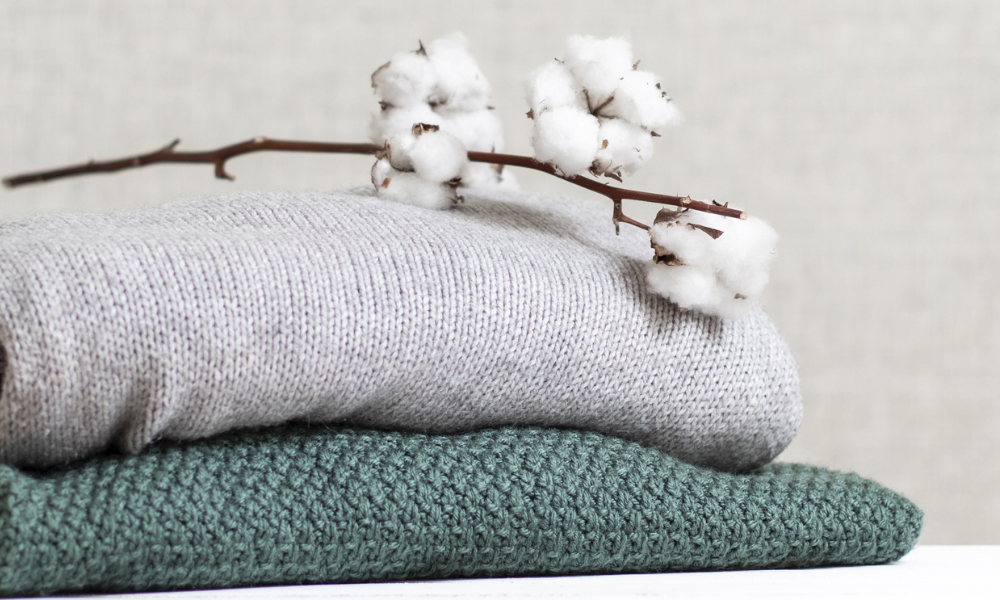What are natural fabrics?
Natural textile fibers have been a fundamental part of human life since the beginning of civilization. As long ago there were no current industries, natural fibers were used for textiles: clothing, upholstery, agriculture, etc. Cut and sew manufacturer fibers can be of plant origin, such as cotton and linen, or of animal origin, such as wool and cashmere.
In recent decades, synthetic textiles have been developed and introduced on the market and natural fibers have been replaced by these materials, despite the advantages of natural textile fibers for the environment and the health of the entire planet.
So why has the consumption of synthetic fibers increased to the detriment of natural fibers? The main reason is that they cost much less to manufacture than natural ones and, consequently, their price is cheaper.
However, natural textile fibers are 100% natural and healthy. Its main benefits are: breathability, thermal insulation offered by some materials such as wool or cotton, hygienic properties or natural touch.
In addition, the use of products made with natural fibers is a responsible option because they are found directly in nature, which means that the industrial processes and the energy that are needed to obtain the fabrics and fabrics are more sustainable, ecological, and do not generate as much waste as the production processes of synthetic fiber fabrics.
Benefits provided by the use of natural fibers
Natural fabrics are a very healthy option, this is thanks to the effect of perspiration and insulation that the same garments allow. Also some of the many other benefits are its natural antibacterial qualities and the softness that its natural and pleasant touch produces.
Being fabrics that arise from nature itself, in the case of those of plant origin, they come from the earth. These fabrics can be characterized by their irregularity and imperfections.
The industrial processes that accompany these fabrics are also environmentally friendly. Natural fibers are a renewable resource, in addition their production requires less energy to manufacture them, also during their process they produce by-products and waste that can be reused to produce other materials and compounds.
And most importantly for garment manufacturing, at the end of their useful life they are natural fibers that are 100% biodegradable.
What are the benefits of mixing textiles?
The choice of the percentage of each fiber that will go into a garment is related to the final use that will be given to it.
Cotton-blended clothing dries faster and feels cooler. They are generally used for shirts, t-shirts and blouses, although they are also often found in sheets or other household fabrics.
Another very common material with which natural fabrics are mixed is elastane. Thanks to this, the garments gain greater elasticity and the colors remain longer lasting. It is mainly used for the production of sportswear such as leggings, tops or swimming trunks.
Finally, those fabrics made with polyester or recycled polyester benefit both their manufacture and the impact they can have on the environment.
